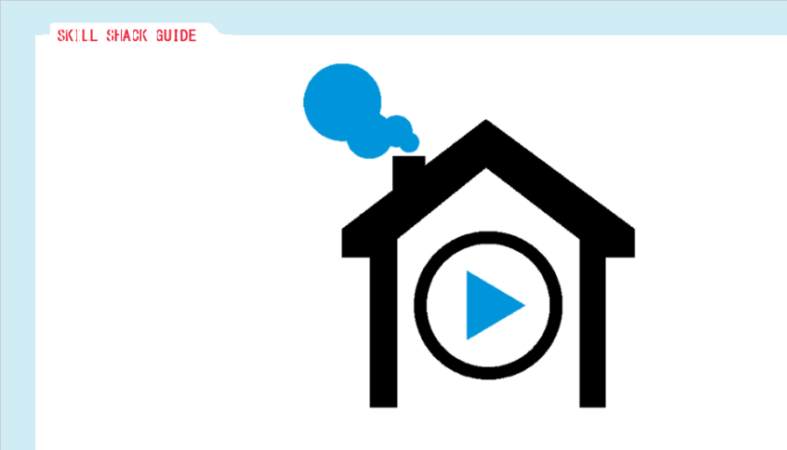
Panel welding basics - what to use where
£2.50
Item:
T8004F
This guide is currently only available for Gold Members. To download this guide, go to the MY ACCOUNT section.